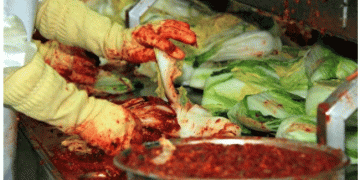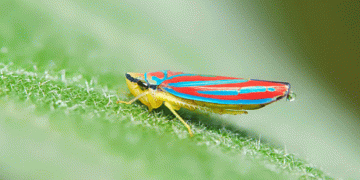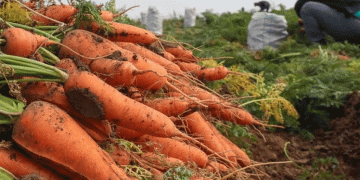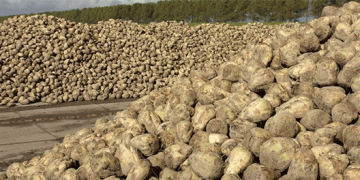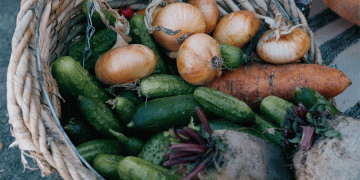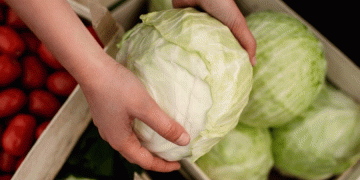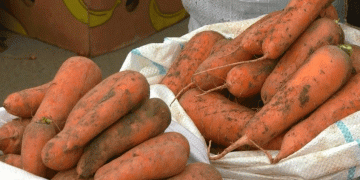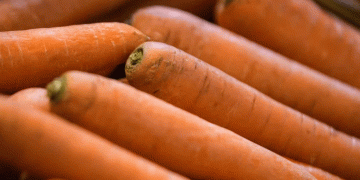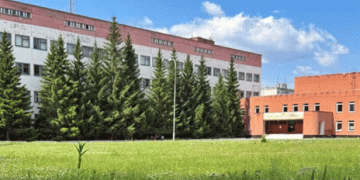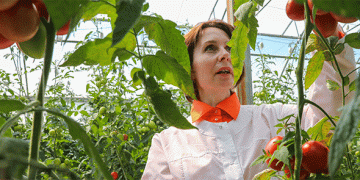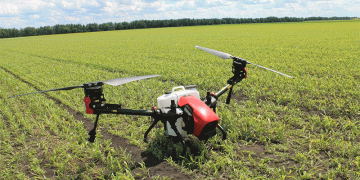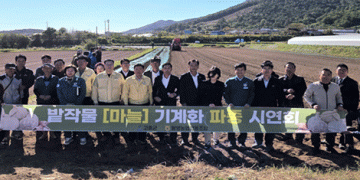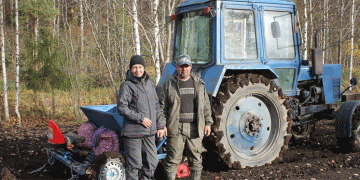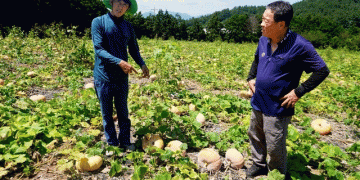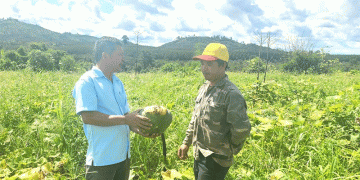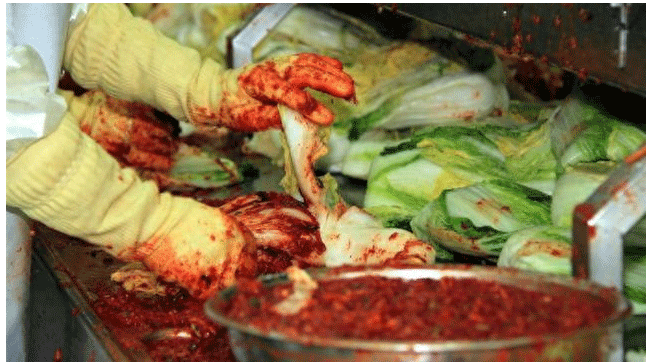South Korea is grappling with an unprecedented agricultural crisis as extreme heatwaves disrupt crop yields, driving prices to alarming levels. According to the Korea Agro-Fisheries & Food Trade Corporation, the average retail price of a watermelon has surged to 29,115 KRW (≈$22.40 USD), marking a 22.5% weekly increase, 36.5% annual rise, and 38.5% jump compared to the five-year average127. Retail analysts warn that prices could climb further due to high summer demand and delayed growth from insufficient sunlight in June110.
Similarly, cabbage—a staple for kimchi production—has seen prices spike by 27.4% in a week, reaching 4,309 KRW (≈$3.30 USD) per head17. The Korea Rural Economic Institute (KREI) projects a 24.5% drop in summer cabbage yields, raising fears of a repeat of last year’s “golden cabbage” crisis, when wholesale prices soared by 128%310.
Climate-Driven Production Declines and Government Measures
The KREI attributes the decline in cabbage production to fallow land expansion, extreme heat, and pest infestations3. With only 23.6 thousand tons expected this summer—a 24.5% reduction from normal levels—the government has released 35,500 tons of emergency cabbage reserves to stabilize prices13. Additionally, 250,000 backup seedlings have been prepared for rapid replanting in case of weather-related crop failures3.
Beyond cabbage and watermelon, radishes, peaches, eggs, and chicken have also experienced significant price hikes110. In response, South Korea has implemented consumer vouchers, high-temperature-resistant farming techniques, and tariff exemptions on imported vegetables (such as Chinese cabbage, which supplies 99% of Korea’s imports)35.
Broader Implications for Global Agriculture
South Korea’s struggles mirror a wider climate crisis affecting food systems worldwide. The World Meteorological Organization (WMO) warns that 2025 has an 80% chance of breaking heat records, exacerbating agricultural instability3. Neighboring Japan has also reported record-high June temperatures, while Europe and the U.S. face droughts and wildfires, further stressing food supply chains69.
For farmers and agricultural scientists, these trends underscore the need for:
- Heat-resistant crop varieties
- Improved irrigation and pest management
- Strategic food reserves and diversified imports
- Government-backed climate adaptation programs
South Korea’s agricultural crisis highlights the growing vulnerability of food systems to climate extremes. With heatwaves intensifying, proactive measures—such as resilient crop strains, emergency reserves, and policy interventions—are critical to safeguarding food security. Farmers and agronomists worldwide must adapt swiftly to these challenges, leveraging technology and policy support to mitigate future disruptions.
